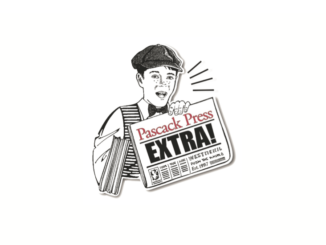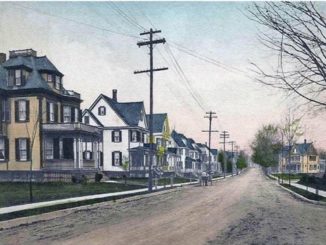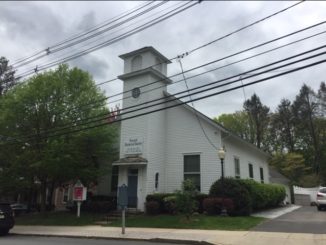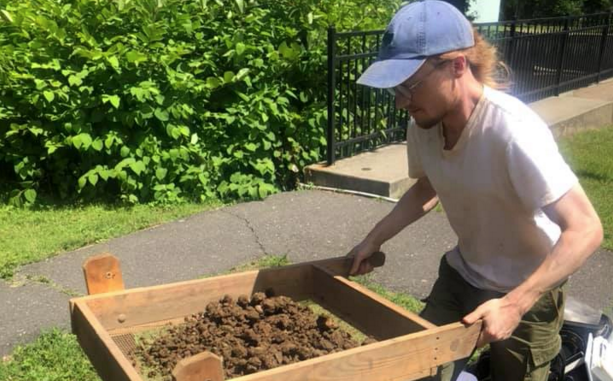
MONTVALE, N.J.—After not finding evidence of wampum-making at a former Park Ridge wampum factory site earlier this summer, in mid-August a team of archeologists from Harvard and Montclair State universities finally found the “smoking gun” they had been searching for: examples of worked conch shells at a local site.
“We had seen some conch shell on the surface when I first visited the property, but the first real ‘in the ground’ moment of a large [conch shell] piece came on Aug. 18,” said Eric Johnson, a doctoral candidate in archeology at Harvard University, who began preliminary site investigations this spring in Park Ridge.
Johnson and Chris Matthews, a Montclair State anthropology professor, discovered the worked shells at a homeowner’s yard in Montvale—a site identified by Johnson from research into archival records of the original Campbell Wampum Mill in Park Ridge.
The excavation is funded by the National Science Foundation. The home once was owned by residents who worked for the Campbell Wampum Mill.
In mid-July, after months of excavation, the Park Ridge dig near Mill Pond—also known as Electric Lake—came up empty in finding any remnants or shell-making debris on a site where a former wampum-making facility existed approximately 1810 to 1850.
Johnson said his survey and search of the Montvale property once affiliated with the Campbell Wampum Mill identified significant quantities of worked conch shell. Conch shells would have been shipped from the Caribbean as ballast on ships and then traded to local merchants in the Pascack Valley as raw material for wampum bead making, he said.
“This is the smoking gun archeological signature we have been searching for all summer,” Johnson told Pascack Press.
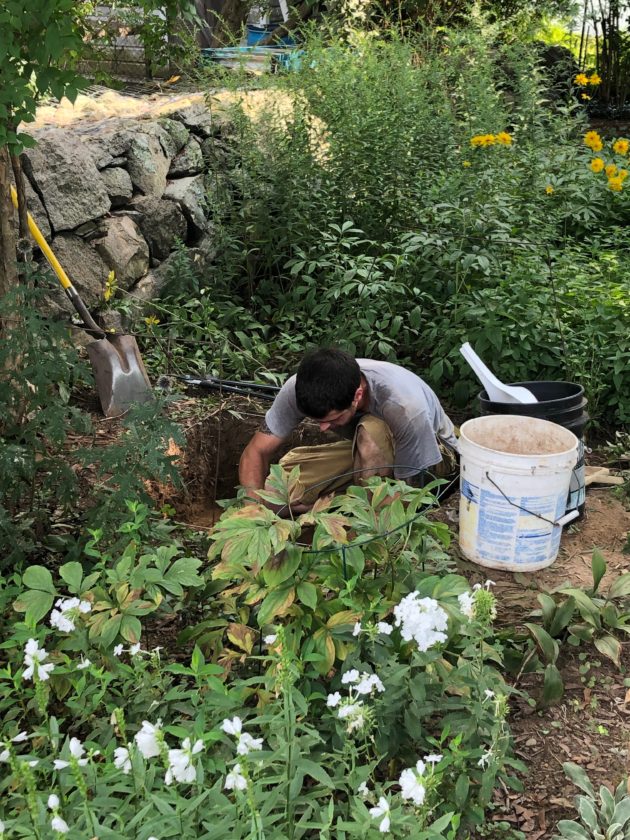
Working with archeology graduate student Gary Ellis, from University of Massachusetts–Boston, Johnson said the team was able to sample large quantities of shell and identify possible foundations of a workshop on the property.
Johnson said in the Pascack Valley area many residents were employed in the business of making shell beads for Native American consumers.
These included shell beads such as wampum once made by indigenous peoples before colonization, but by the mid-18th century, European Americans had appropriated the craft for mass production, he added.
Johnson noted the Campbell Wampum Factory exported different styles of beads such as wampum and hair pipes through the American fur trade after 1800. He said beadmakers of European descent are well-documented in the historical record along with Ramapough Lunaape residents in the 19th century and African Americans, both free and enslaved, who lived and labored in Park Ridge.
Campbell wampum factory products were sold to New York merchants who then traded with Native Americans everywhere, all across the new and growing western parts of the country.
The world’s sole-surviving wampum hair pipe drilling machine, invented by the Campbells, is housed at the Pascack Historical Society’s museum at 19 Ridge Ave., Park Ridge, along with other artifacts from the Campbell family and wampum-making tools. They’ll be available for public viewing when the newly redesigned museum reopens on Saturday, Oct. 12.
Johnson said that wampum had been used by Europeans as money in the colonies, but for Native peoples these beads were “a powerful sacred object for making peace and declaring treaty rights.”
He said hair pipes were worn by Native Americans at pow wows, ceremonies and other important events.
“These uses continue for Native people, including the Ramapough Luunape Nation,” he said.
The excavation in Montvale was expected to be wrapped up by the end of August.
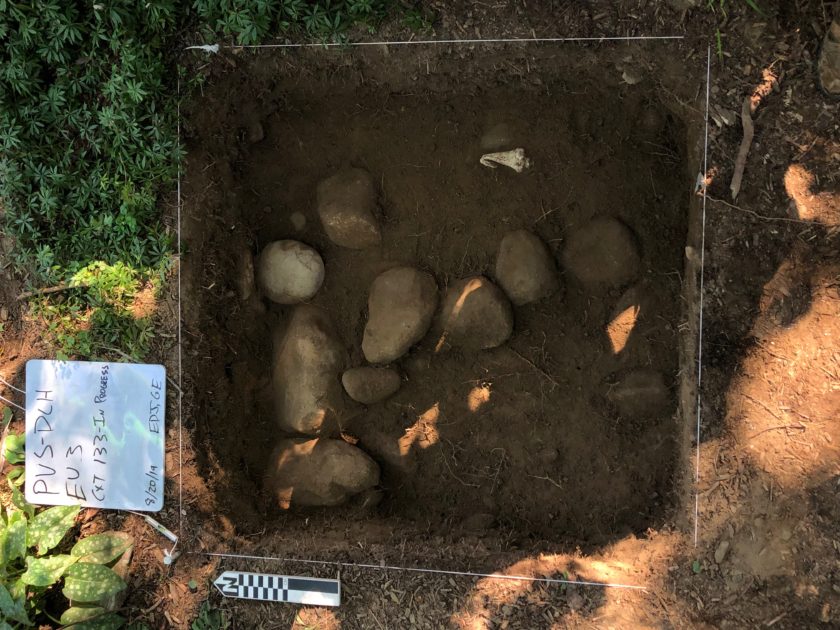
Johnson explained that artifacts will be processed at a lab at Montclair State University and at Peabody Museum of Archeology and Ethnology in Cambridge, Mass., before coming back to an accredited museum in New Jersey. Johnson said he hopes to continue the project next summer in Pascack Valley, and Paramus, with additional excavations.
Johnson said he spent six weeks undertaking excavations from mid-April through August, in addition to lab work, archiving, and public outreach activities.
Montvale Mayor Michael Ghassali said the finds were “fascinating and it’s intriguing. It’s history right underneath us.”
He said he had spoken to Johnson and that the borough would cooperate as long as he secures permission from local homeowners before undertaking any excavation and also respects homeowners’ privacy if permission is denied.
“I think it’s a good thing for our people and millennials to know about [local] history and what was all here, some of it sacred and all fascinating,” Ghassali said.
Johnson said he anticipated other sites in Pascack Valley to be excavated next summer.
He said he would further analyze all excavated remnants of shell bead production and conch shells found and issue findings by early 2020. All artifacts will be cleaned, catalogued and analyzed at Harvard, he said.
Prior to the Montvale discovery, Johnson had discovered remains from the Van Riper bobbin factory, which was located near Electric Lake and had housed the original Campbell Wampum Mill.
The factory was the largest producer of bobbins—cylindrical spools used in textile production—in the northeastern United States at the time, said Johnson.
About 170 years ago, the Campbell Wampum Mill moved from its Electric Lake home to another location along Pascack Brook and into scattered home-based production sites.
Johnson theorized that a dig for artifacts such as shell beads and conch shells at the original site came up empty due to the burning and destruction of Van Riper Bobbin Factory in 1876, where the wampum mill was originally located. He also suggested landscaping and other disturbance of the site, notably in the 20th century, might have destroyed artifacts or buried them too deeply.

